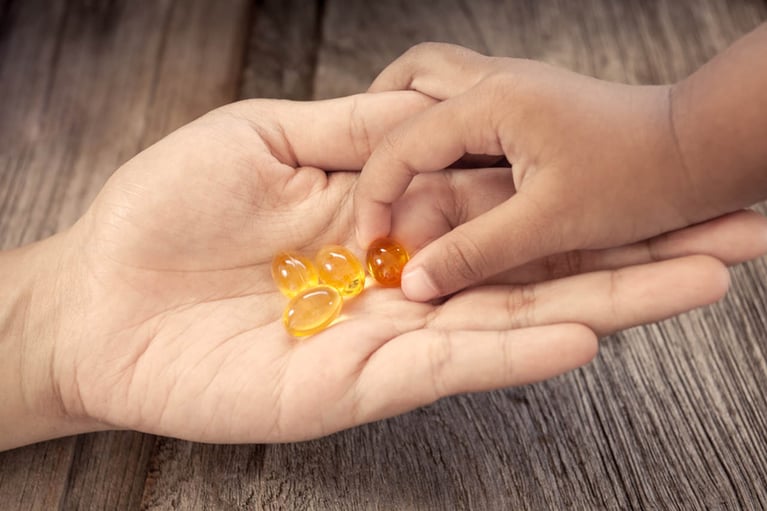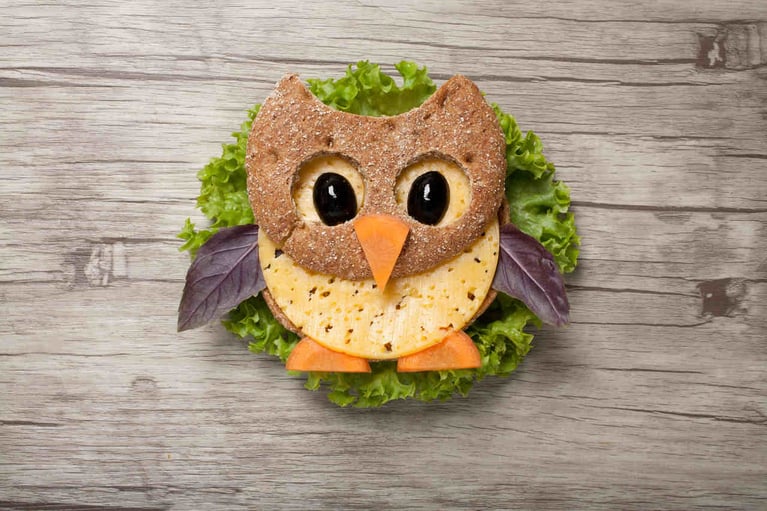In relation to the previous post on my blog I’d like to devote a few words to what can replace the traditional and the most widespread sweetening substance, that is, sucrose made of sugar beets and sugar cane.


Some promote the use of honey while others encourage using xylitol, also known as birch sugar. Among natural sweeteners we can also find stevia. Which of these is the best and worth recommending? For starters, let me provide a few pieces of information on each of them.
Xylitol is a natural sweetener obtained from birch trees. Let’s start with its advantages. It’s as sweet as sucrose but has 40% less calories. Additionally, it has anti-bacterial and anti-fungal properties. It reduces the risk of dental caries by reducing plaque. The bacteria that cause dental caries are unable to metabolize it and accumulate it, which leads to their destruction. It can also be used by diabetics due to low glycaemic index, IG=8. It is also said to increase the absorption of calcium and therefore it is recommended to people suffering from osteoporosis. According to its producer it can be used for baking and in both cooked and refrigerated meals.
And what are its disadvantages? There is an allowed daily dose of xylitol, which amounts to 40 g, that is, eight teaspoons. When consumed in excessive amount, xylitol has a laxative effect and causes flatulence. Additionally, one should start their adventure with xylitol slowly, that is, introduce it gradually, starting from 1 or 1/2 teaspoon a day and then increase it, so that the body gets used to it and starts producing more of the enzyme that digests xylitol. Unfortunately, there are counter-indications for xylitol use by children under the age of 3.
Stevia is obtained from bushes growing mainly on the territory of Brazil and Paraguay. They owe their sweet taste to steviol glycosides. Stevia has an intensive sweet taste, but unfortunately also somewhat indistinct. You need to get used to its taste which is not the same as that of sucrose. When it comes to this aspect, xylitol is better because in my opinion it tastes exactly the same as sucrose.
Nevertheless, I think stevia is worth checking out. Why? Because it has many advantages, for example, it has hypoglycaemic properties (studies have shown that the blood glucose and insulin levels after eating a meal with addition of stevia is significantly lower than after eating a meal with sucrose). It also has anti-inflammatory, anticarcinogenic (it contains antioxidants in the form of phenolic compounds), antidiarrhoeal and immunomodulating properties – it has a positive impact on our immune system. Stevia is a source of vitamin C, folic acid, calcium, potassium, magnesium and iron. It’s worth giving stevia a try!


Honey is the most accessible substitute of sucrose and many people find it the most healthy one. Yes, it’s true that it has anti-inflammatory and even antibacterial properties. A cup of warm tea with honey is indispensable in case of cold. Cohen et. al. have shown that honey has an antitussive effect on children. However, we must remember that honey contains large amounts of fructose which is metabolised differently than glucose in the body and its excess is transformed directly into fatty acids which has a negative impact on the body’s lipid management. It also has, unfortunately, allergenic properties and therefore it shouldn’t be given to children in excess. Honey may also contain Clostridium botulinum bacteria that can produce botulinum toxin. They are present in honey in very small amounts and they pose no threat to adults but may be harmful to little children. It is for that reason that paediatricians do not recommend giving honey to children under 12 months of age.
A few more words on aspartame, since it raises a lot of controversy. It’s an artificial sweetening substance or artificial sweetener, with E951 symbol, that is commonly used in low-calorie sodas. In studies carried out in 2006 and 2007, Soffritti et. al. evaluated the impact of aspartame on laboratory rats. The results that they obtained suggested an increase in incidence of neoplasms (lymphomas and leukemia) in rats that received aspartame. The study authors indicated that aspartame can be considered a carcinogenic factor. However, both FDA (US Food and Drug Administration) and EFSA (European Food Safety Authority) deemed that there hasn’t been as of yet any scientific basis for questioning the safety of aspartame consumption. Nevertheless, it’s not recommended to use it as a sweetener in case of children under the age of 3.


What you read above is a brief overview of sweetening substances available on the market (except for aspartame which is not sold in its pure form).
The season for making fruit preserves has actually already started, so maybe this year it would be a good idea to replace the traditional sucrose with stevia, xylitol or honey? Or maybe it’d be even better to try not to sweeten them at all? In my case it’s probably impossible. Let’s just remember not to add excessive amounts of sugar.
Oh! And if you choose “classic” sugar in the end, make sure it’s unrefined! Refined sugar consists of 99.7% of sucrose. As a result of refining, cane sugar or beet sugar loses all the other ingredients. What is removed the is the molasses, containing nutrients such as iron, calcium, phosphorus, magnesium and potassium. And now, PAY ATTENTION! Brown sugar is not necessarily an unrefined sugar!!! Sugar producers, taking advantage of the healthy lifestyle trend, simply colour the refined white sugar brown using, for example, caramel!!! That is why it is necessary to look at what is written on the packaging and not only at the colour of sugar.
To conclude, I would like to wish You, my Dear Readers, a sweet day!















